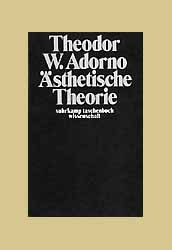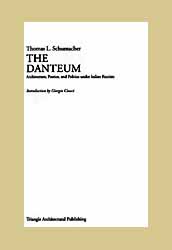WWW.HAUSSITE.NET
open haus
21 / 05 / 1999 -Opening : Institution / Architecture / Media / Program / Identity / ...
Architecture Renovation / Restructuring
Website concept / realisation for institution and program
Mel Chin / GALA Committee
Metal Machine Music (1975) RCA
Lou Reed.
Footnote Library 1 - "Spatial Narratives (1991)
Mark Rakatansky
Trailer 1980 / 99
Künstlerhaus / haus.0



Footnote Library 1 selection from "Spatial Narratives" (1991)
Deutsch
open haus: Print Plug-In
Footnote library 1 - "Spatial Narratives" (1991)
Mark Rakatansky
"There is no mute architecture. All architecture, all buildings 'tell stories' with varying degrees of consciousness. Architecture is permeated with narratives because it is constituted within a field of discourses and economies (formal, psychological and ideological), to any one aspect of which it cannot be reduced, from any one of which it cannot be removed."
Mark Rakatansky, "Spatial Narratives" (1991) haus.0 creates the Print Plug-In so that it serves both for resource and inquiry within the artist initiated space, and as a basis for the development of theory and practice. It differs from conventional libraries by how it is organised. The end- and footnotes of specific essays serve as a selection model for a group of books. The process acknowledges and builds on the 1980s return of the essay form in cultural critique, and its defining character in terms of critical practice and cultural studies. The use of foot- / endnotes of an essay reflect the contemporary logic of hypertext model as noted by the author Sadie Plant in her work on Ada Lovelace in Zeroes and Ones."open haus" introduces the first selection framework for the footnote library, provided by the essay "Spatial Narratives" (1991) from the architect / theorist Mark Rakatansky. This text is an apt selection for the first library, as it maneouvers through Freud's notion of the unheimlich, applied to avoiding closed models of architectural theory and narrative, in order to introduce a contemporary 'modelling'.
see also Print Plug-In